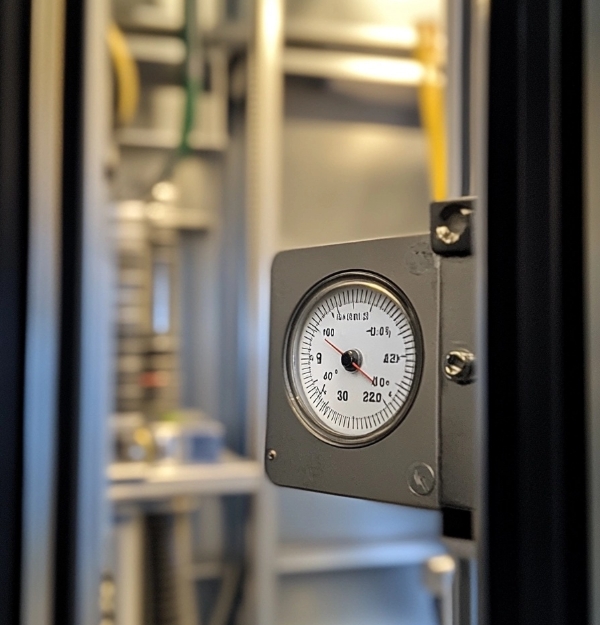 To Know Dryzone More
To Know Dryzone More
For B2B buyers and industrial procurement managers, understanding how hygrometers function within dry cabinets is essential for maintaining controlled storage environments. Hygrometers are precision instruments designed to measure and display relative humidity (RH) levels, ensuring that sensitive materials—such as electronic components, pharmaceuticals, and lab specimens—remain protected from moisture damage. Advanced dry cabinets often integrate digital hygrometers with automated humidity control, providing real-time monitoring and adjustments to safeguard critical inventory.
Modern dry cabinets typically employ capacitive or resistive hygrometers, which function based on electrical property changes in response to humidity variations. Capacitive hygrometers use a moisture-sensitive polymer or metal oxide layer that alters its dielectric constant with fluctuations in RH. Resistive hygrometers, on the other hand, rely on conductivity changes in hygroscopic salts or conductive polymers. Both technologies provide high-accuracy humidity readings, with some industrial-grade models featuring ±1% RH precision—essential for semiconductor storage and medical device manufacturing compliance.
Traditional hair or coil-based mechanisms
Lower accuracy (±5% RH) but durable in harsh environments
Ideal for precision-controlled dry cabinets
Features digital displays and external data logging
Used in extreme low-humidity applications (<5% RH)
Common in semiconductor and aerospace storage
For most industrial applications, capacitive dry box hygrometer is the preferred choice due to their stability, long-term reliability, and compatibility with automated dry cabinet control systems.

Even the most advanced hygrometers require periodic calibration—typically every 6 to 12 months—to maintain measurement integrity. Many high-end dry cabinets include auto-calibration features or allow NIST-traceable calibration checks. For procurement professionals, key maintenance considerations include:
Regular sensor inspection for particulate contamination
Avoiding sudden temperature fluctuations that affect RH readings
Utilizing built-in diagnostic functions for preemptive issue detection
An industrial drying cabinet is only as reliable as its hygrometer. Investing in a cabinet with high-precision humidity sensing ensures compliance with ISO 14644 and IPC-JEDEC J-STD-033 standards for moisture-sensitive storage. When selecting a dry cabinet, prioritize models with advanced hygrometer integration, real-time alerts, and remote monitoring capabilities to optimize long-term asset protection.
For procurement managers, verifying OEM-supplied calibration certificates and post-purchase service agreements is crucial in guaranteeing sustained performance. The right hygrometer-equipped dry cabinet not only reduces spoilage risks but also enhances workflow efficiency in critical manufacturing and laboratory environments.